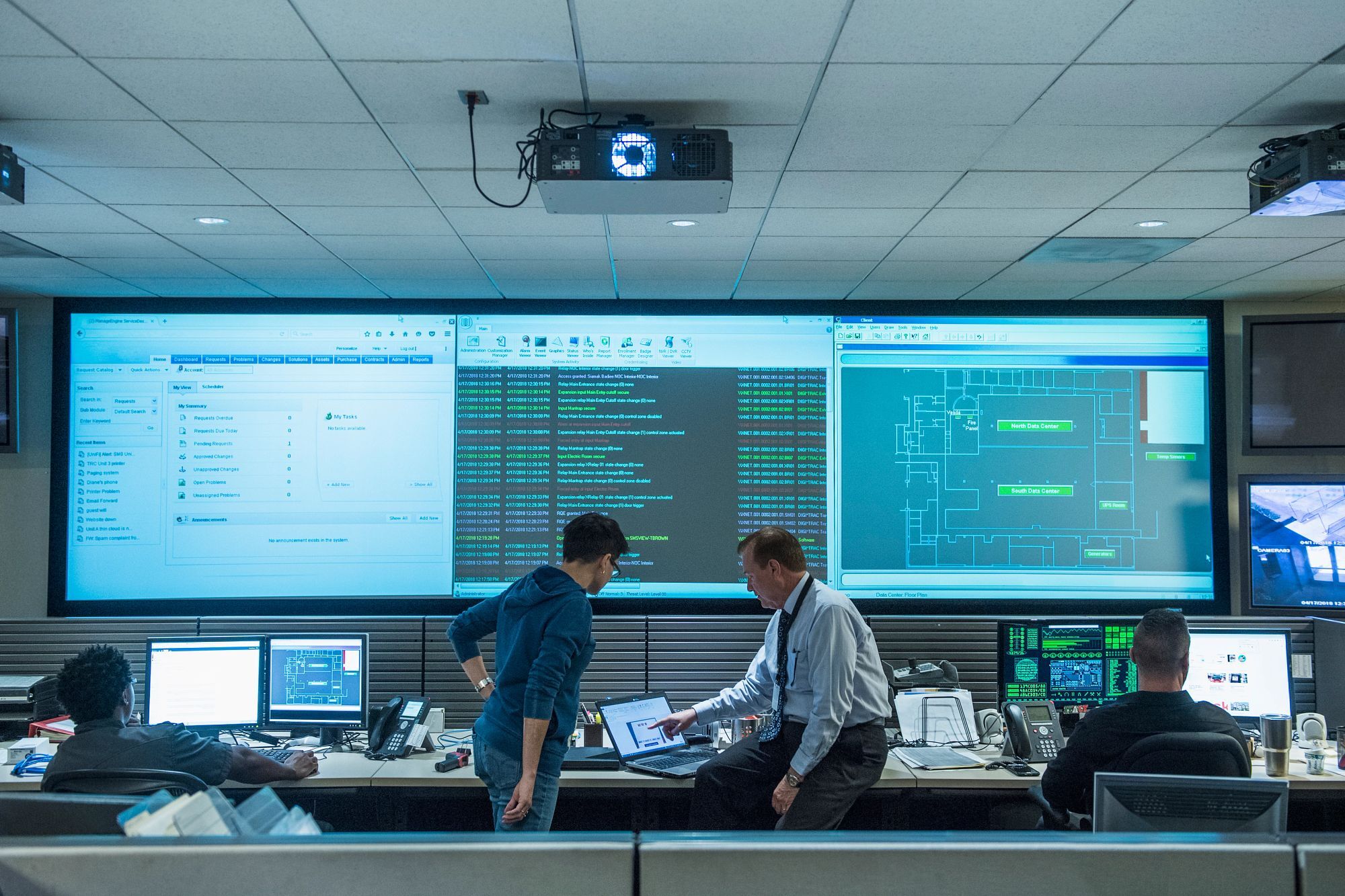Knowledge Feed: Balancing Costs and Food Safety Demands Clear Thinking

Today’s challenging economic environment means many food businesses are facing significant cost pressures, stretching their financial resources and, potentially, increasing safety and hygiene risks. It is vital that food businesses recognise the strategic importance of hygiene and safety and maintain a clear focus on managing it rigorously.
Over recent years, many businesses across the global economy have been battling through an unprecedented period of post-pandemic financial adversity. And it’s not over yet. There’s no shortage of robust economic surveys to show that businesses face significant geopolitical, economic, and environmental headwinds. The food industry is no exception, and if these issues have one common thread, it’s that they invariably lead to increased costs. Key pressure points include:
Labour costs
With stubbornly high inflation and skills shortages pushing up the pay of both skilled and unskilled workers.Materials costs
With events such as the conflicts in Ukraine and the Middle East disrupting food supply and increasing prices.Energy costs
With geopolitics, again including conflicts and sanctions, causing supply shortages and price spikes.Financing costs
With central banks raising interest rates to combat inflation, leading to more expensive borrowing for businesses, as well as depressing consumer demand.Weather-related costs
With extreme weather events linked to climate change, such as storms, floods, and droughts, impacting the availability and price of food raw materials.
Food safety impacts
Higher cost pressures can also have more subtle impacts that are easily overlooked. A critical one concerns food safety.
Food manufacturers or restaurants may well look to replace ingredients that have become difficult and expensive to source with cheaper, more readily available alternatives. It sounds straightforward, but have all implications for food safety been carefully considered? What, for example, if the replacement ingredient contains a food allergen? Imagine the potential danger to some of your customers – and to your company’s reputation – if you fail to identify the allergen and flag it appropriately.
An equally common cost-control scenario is reducing spend on cleaning and maintenance. Take the case of struggling hospitality venues, typically they may reduce their opening hours to save money. Simultaneously they may scale back on routine cleaning and maintenance tasks to reflect this reduced use. The problem with such an approach is that it could lead to underused, poorly cleaned areas becoming potential breeding grounds for harmful bacteria and pests. Ultimately, this could compromise food hygiene and the health and safety of customers and staff.
The key point here is that seemingly straightforward economies can be counter-productive if they lead to hazardous outcomes. The answer lies in food businesses striking the right balance between their need to operate cost-efficiently, meet their legal obligations and nurture their long-term business interests.
In practice, achieving this balance means taking a proactive approach to hygiene and safety management, with careful planning of core activities such as cleaning and maintenance of premises and equipment, and checking for pest activity. It may well be possible to make carefully calibrated cost cuts such as reducing the frequency of cleaning certain areas of the food business or reviewing cleaning methods used, provided food safety risks are accurately assessed and managed.
Collaborative solutions
This is where external experts – who have cross-industry experience and specialist knowledge – can help. They can work with you to take a robust risk management approach, often drawing on extensive data and metrics to ‘benchmark’ your business against industry peers. With their skill and support, genuine hygiene and safety hazards can be more easily identified, assessed, and mitigated, without spending excessive time and resources on low-risk issues or locations.
Most food businesses value the expertise of a specialist external organisation to help them identify and manage food safety risks. Although you may have a capable internal team, against the backdrop of today’s intense cost pressures your own people may be side-tracked by urgent issues or simply over-stretched. An independent expert can give you the clear perspective, sound advice and training support you need in tough times.
Download the PDF for the full article
How NSF Can Help You
Get in touch to find out how we can help you and your business thrive.

What’s New with NSF

GMP and Regulatory Compliance Virtual SupplySide Connect New Jersey Training
January 30, 2025
NSF Granted Reauthorization as a CMMC Third-Party Assessment Organization
January 8, 2025
Sustainable Foods Summit 2025
January 2, 2025